I have a text file (say, sample1.dat) with two columns:first column is a serial no running from 1 to 5000 and second column consists of 5000 dihedral angles varying in between -180 to 180 in degree. By using the command
xmgrace sample1.dat
I got a plot of dihedral angle vs.serial no.
To get the histogram from the plot, I did the following in the pop up window of Grace: Data -> Trasnformation -> Histograms
In the newly pop up window called Grace: Histograms, I selected the source graph but did not select any in the destination graph as explained somewhere in grace tutorials. After selecting start as -180, stop as 180 and number of bins as 5 and then hitting the Accept command in that window, I got the following error message:
[Error] Please select single source and destination graphs
Help me to get the histogram from the plot. I want to use xmgrace to plot the histogram. I know how to plot it using some widely used plotting tools like gnuplot and others.

